Scarlet Princess Dwarf Japanese Maple – 3 Gallon Pot
$219.97 Original price was: $219.97.$97.99Current price is: $97.99.
SKU: D2LSC 4309332686 Category: JAPANESE MAPLE TREES
- 7 days return and exchange
- 100% Quality Satisfaction
- Shop with Confidence
- No Compromise on Quality

‘Scarlet Princess’ Japanese Maple
Acer palmatum var. dissectum ‘Scarlet Princess’
Plant Details
USDA Plant Hardiness Zones: 5a-9a Find Your Zone
Plant Type: Deciduous Shrub or Tree
Height at Maturity: 3-5′
Width at Maturity: 4-5′
Spacing: 8’+ for space between plants
Spacing: 8’+ for space between plants
Growth Habit / Form: Mound with widely ascending branches
Growth Rate: Fast when young; slows down with age
Foliage Color in Spring: Bright Orange-Red to Deep Bronze-Red
Foliage Color in Summer: Bronze-Purple to Red-tinted Green with bright red new leaves emerging all summer long
Foliage Color in Fall: Bright Scarlet Red
Light Needs: Full Sun or Mostly Sun, Morning Sun with Dappled or Afternoon Shade, All Day Filtered Sun, Morning Shade with Evening Sun, Shade or Mostly Shade
Water Needs: Average, moderately drought tolerant when established
Soil Type: Clay (Amend heavy clay to ensure good drainage), Loam, Sandy, Silt
Drainage: Moist But Well-Drained; Does not tolerate constantly soggy soil
Soil pH: 5.0 – 7.0 is ideal
Maintenance: Low
Resistances: Deer, Heat Tolerant, Insect Resistant, Sun Tolerant, Disease
Description
An offspring from the ever-popular ‘Crimson Queen’ Japanese Maple, ‘Scarlet Princess’ shares many of the outstanding qualities of her parent but grows to only half the size, making her a great fit for smaller garden spaces and containers. While her mom slowly forms a weeping mound to a height of 10 feet tall and wide at maturity, Scarlet Princess vigorously grows to 3 to 4 feet tall and wide when young, maybe reaching 5 feet tall and wide feet over time. In spring, Scarlet Princess flushes bright orange-red thinly dissected lacy leaves on her widely ascending branch stems that turn to a deeper bronze-red as they mature. Summer color can range from purple-red to bronze-tinted green with bright red new leaves emerging throughout the season. With the arrival of cooler temperatures in fall the leaves turn an absolutely stunning scarlet-red.
Landscape & Garden Uses
To showcase its magnificence and beauty, a Japanese Maple is best used in landscape design as a focal point specimen to draw attention to a specific area of the home or landscape. That said, you can plant them in groupings of three or use two to frame an entryway. An ideal selection for landscape beds or in containers.
Suggested Spacing: At least 7 feet apart for space between trees
Note: One Japanese Maple can make a landscape…that is, if you don’t overcrowd it with other trees and plants. Therefore, when choosing companions to plant under or around your Japanese Maple, make sure to select low-growing shrubs or groundcover plants that won’t interfere at all with your tree.
Note: For our customers who live and garden north of USDA Plant Hardiness Zone 5a, where this Japanese Maple variety is not reliably winter hardy, you’ll be happy to know it can be grown in containers that can be brought indoors during winter and placed back outside when temperatures warm up in spring.
Growing Preferences
Though delicate looking, Japanese Maples are actually very tough and long-lived trees that are very easy to grow. Container culture can extend their useful range. They are extremely easy to grow in containers, a practice taken to its most extreme form in the art of bonsai.
In their natural habitat, Japanese Maples are understory trees, growing in dappled forest sunlight at the edges of woodlands. Ideally they prefer to be grown in similar conditions. That said, there are many sun-tolerant Japanese Maple varieties, of which Scarlet Princess is one.
Most any average garden soil will grow Japanese Maples. They prefer a moist but well-drained soil rich in organic matter. As with so many other ornamental plants and trees, constantly soggy or wet soil can be problematic. So make sure to plant your Japanese Maple in a well-drained site.
Helpful Articles
Click on a link below to get helpful advice from our experts on how to plant and care for Japanese Maple trees.
How To Plant A Japanese Maple Tree In The Ground
How to Plant A Japanese Maple Tree In A Pot
How To Fertilize And Water A Japanese Maple Tree
How To Prune A Japanese Maple
Plant Long & Prosper!
Meet The Wilson Brothers & Staff
Questions? Contact Us!
Be the first to review “Scarlet Princess Dwarf Japanese Maple – 3 Gallon Pot” Cancel reply
Related products
New
JAPANESE MAPLE TREES
New
JAPANESE MAPLE TREES
New
JAPANESE MAPLE TREES
New
JAPANESE MAPLE TREES
New
JAPANESE MAPLE TREES
Crimson Queen Dwarf Japanese Maple (High Graft Tree Form) – 2 Gallon Pot
New
JAPANESE MAPLE TREES
New
JAPANESE MAPLE TREES
Red Japanese Maple – Acer Palmatum ‘Atropurpureum’ – 1 Gallon Pot
New
JAPANESE MAPLE TREES

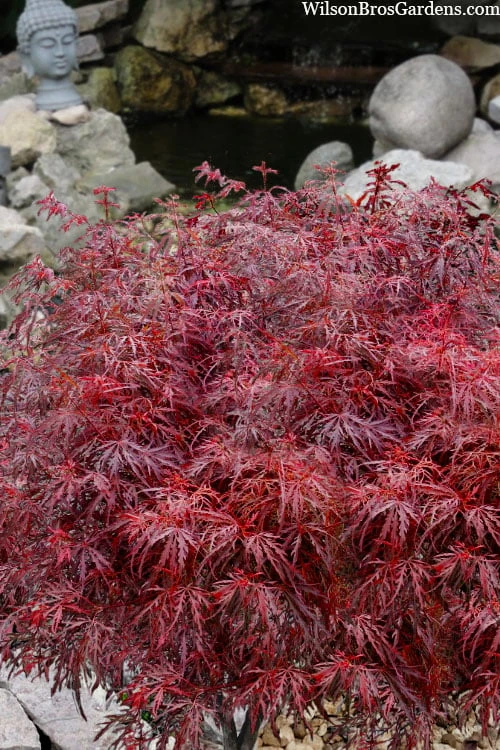


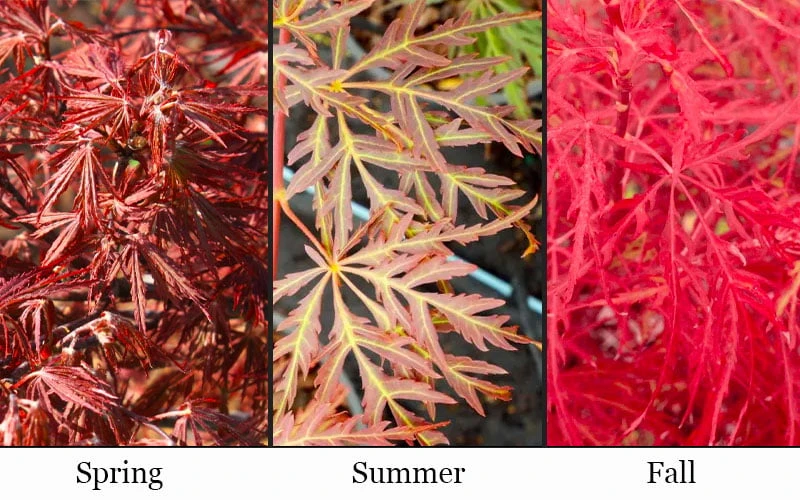
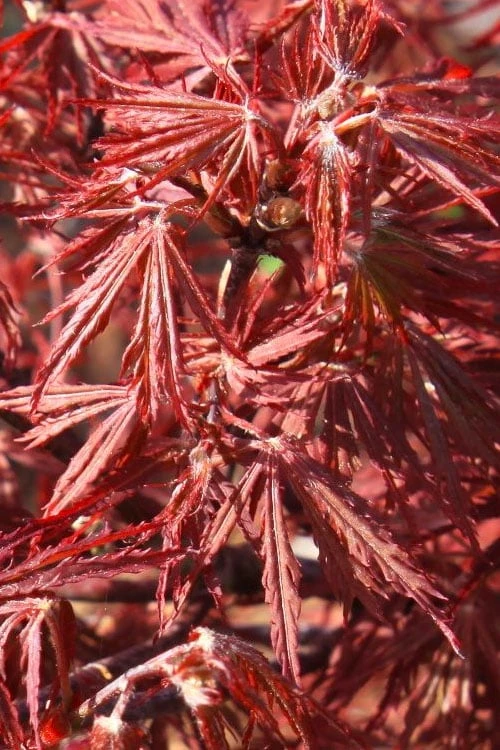






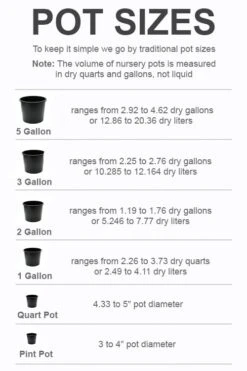
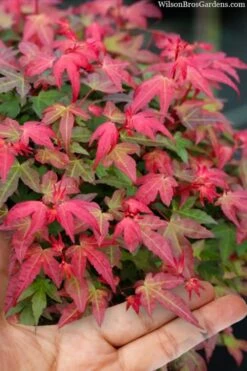
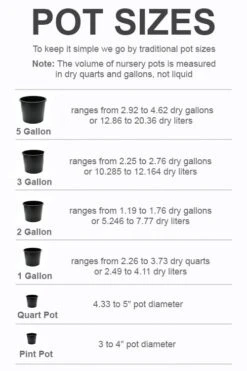
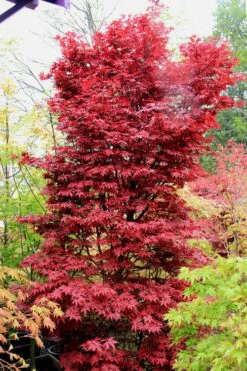

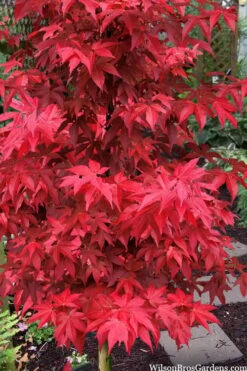


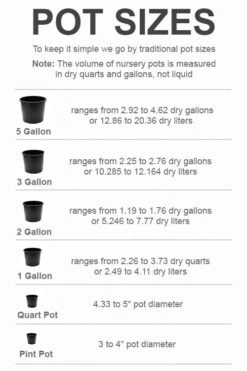

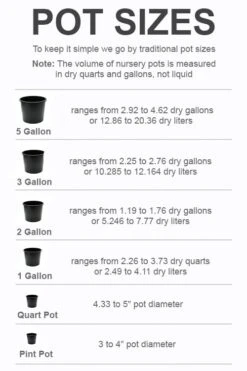
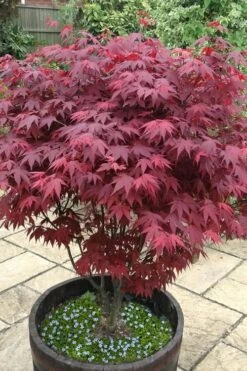
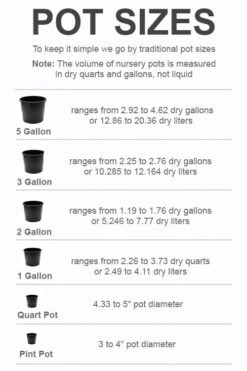

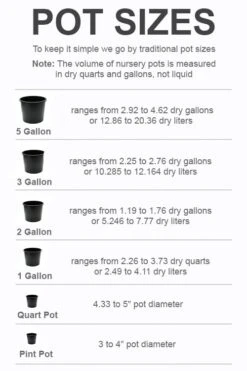
Reviews
There are no reviews yet.